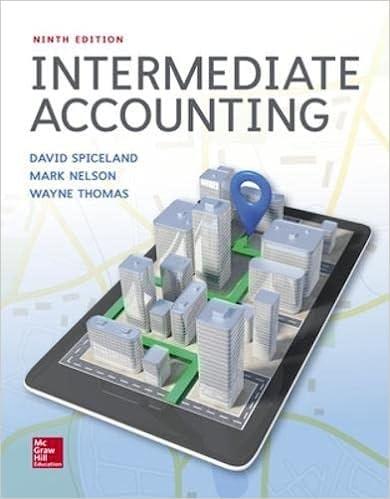Indicate by letter whether each of the transactions listed below increases (I), decreases (D), or has no
Question:
Transactions
N 1. Sale of common stock
_____ 2. Purchase of treasury stock at a cost less than the original issue price
_____ 3. Purchase of treasury stock at a cost greater than the original issue price
_____ 4. Declaration of a property dividend
_____ 5. Sale of treasury stock for more than cost
_____ 6. Sale of treasury stock for less than cost
_____ 7. Net income for the year
_____ 8. Declaration of a cash dividend
_____ 9. Payment of a previously declared cash dividend
_____ 10. Issuance of convertible bonds for cash
_____ 11. Declaration and distribution of a 5% stock dividend
_____ 12. Retirement of common stock at a cost less than the original issue price
_____ 13. Retirement of common stock at a cost greater than the original issue price
_____ 14. A stock split effected in the form of a stock dividend
_____ 15. A stock split in which the par value per share is reduced (not effected in
the form of a stock dividend)
_____ 16. A net loss for the year
Common Stock
Common stock is an equity component that represents the worth of stock owned by the shareholders of the company. The common stock represents the par value of the shares outstanding at a balance sheet date. Public companies can trade their stocks on... Distribution
The word "distribution" has several meanings in the financial world, most of them pertaining to the payment of assets from a fund, account, or individual security to an investor or beneficiary. Retirement account distributions are among the most... Par Value
Par value is the face value of a bond. Par value is important for a bond or fixed-income instrument because it determines its maturity value as well as the dollar value of coupon payments. The market price of a bond may be above or below par,...
Fantastic news! We've Found the answer you've been seeking!
Step by Step Answer:
Related Book For 

Intermediate Accounting
ISBN: 9781259722660
9th Edition
Authors: J. David Spiceland, James Sepe, Mark Nelson, Wayne Thomas
Question Posted:





